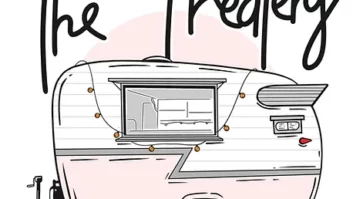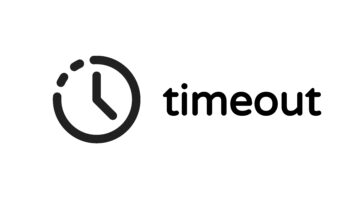We recently hired a new sales manager. This guy is a rock star and introduced a new sales qualification process into our organization called “BARTS.” In short, it’s an easy way to quickly figure out if a conversation with a prospect is worth taking further than an initial tire-kicking session.
B stands for Budget. This one is extremely challenging in the CEDIA space. Asking a prospect head-on for budget numbers will usually yield bad results. “I don’t know what this stuff costs” is such a cliché at this point it’s hard to write the words. We use a couple of different methods. Qualification tools such as BlueDog Data’s Qualifier App or Slateplan can help deliver good budget ranges without making you look like the bad guy.

Image: Thinkstock
Once you’ve established a rough budget number, consider billing a 4-6 percent design retainer to put together a detailed proposal. Anyone pushing back at this point may be the wrong pick for you, or sometimes prospects get hung up on wanting a free proposal. Either way, every rule is meant to be broken, so using your best judgment always trumps any generic business advice. We’ve been using the budget qualification and design retainer method successfully for the last two years and found the success of the program positively correlates to the salesperson attempting it. If you’re not bought in, your prospect will smell it, and no sale for you!
A stands for Authority. Are you talking to the decision maker? We often find ourselves in scenarios where the client may have other parties needing buy-in or paying the bills. It’s hard to get to the bottom of this one sometimes. Along with budget, it can be a minefield trying to tactfully ascertain someone’s authority to make the final decision. We’ll generally use assumptive language with the prospect to gauge their confidence in doing the deal. We might say “Is there anyone else we should involve in the project at this point?”
R is for Revenue. This one’s extremely important. Before you get deal fever, stop and check the fundamentals. Is your selling margin above 40 points (residential)? Is it fixed price, variable, or a hybrid? Is the project in your wheelhouse or a stretch? Can you execute well the first time and move on to the next project?
T stands for Timeframe. How soon is your prospect looking to get the work completed? Most of the time in our industry it seems the answer is always “yesterday,” but we’ve all been bitten by the vampire prospect who drained you dry only to let you know it will be 6 months before he wants to proceed. A simple question like “what’s your sense of urgency?” at the beginning of the sales process goes a long way toward triaging your efforts around getting the proposal turned around. After all, you’ve got a number to make this week!
S is for Solution. Does the solution add value for the prospect? Are you being asked for something that you don’t offer and tempted to pivot into something you have on hand to make the sale? Don’t. That’s bad karma all the way around and doesn’t adhere to the golden rule. Treat the client as you want to be treated and only sell solutions in your comfort zone; refer them along to industry partners better suited to help them if you find yourself being asked to dabble in services you don’t typically offer. Your reputation will rise accordingly.
BARTS continues to be a great litmus test for incoming business inquiries (and training new salespeople). We can quickly sort out the time vampires from real opportunities and engage accordingly.
Stay frosty and see you in the field!







